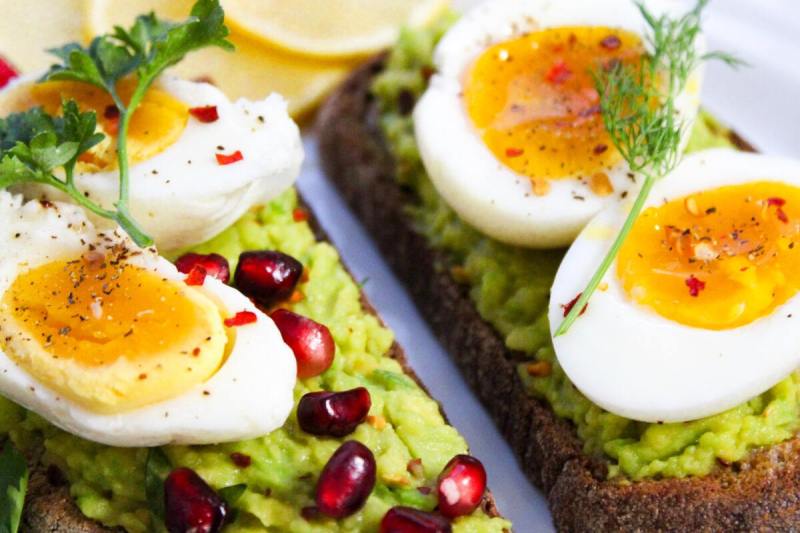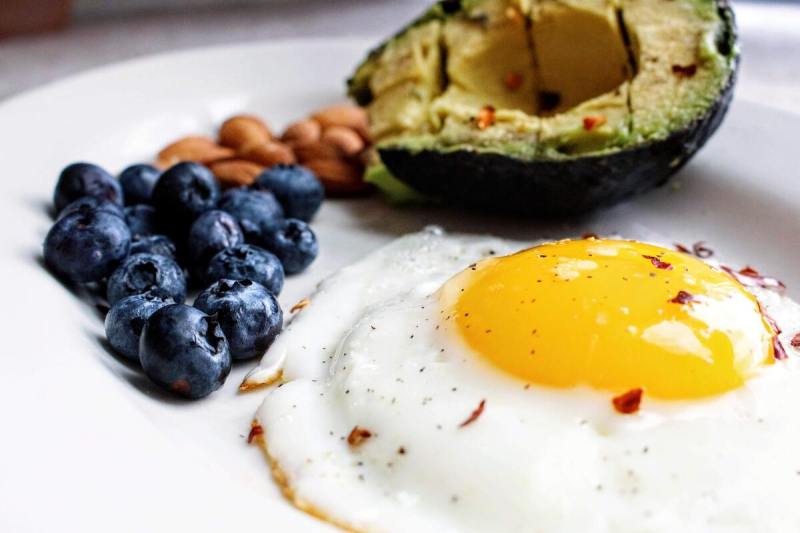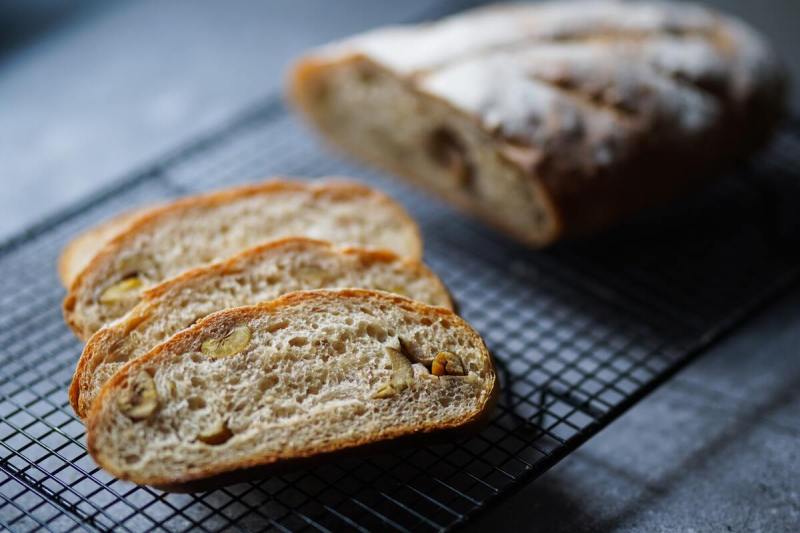Are you looking to improve your health and have a good fitness routine in place but don’t know what to eat? With so many diet options out there, it can be difficult to know which one is optimal for you and your goals. Fad diets come and go, but more reliable eating methods like the Atkins diet are still around, and for good reason.
Designed for those wanting to lose weight and lower their blood pressure, the Atkins diet takes a low-carb approach. Keep reading to learn how to follow the Atkins diet, its potential benefits and downsides, and more.
What is the Atkins diet?

Cardiologist Robert Atkins created this diet because he viewed carbs as the major culprit of weight gain and other health issues. The objective is to alter metabolism by burning fat for energy instead of carbs. This can be implemented as a four-phase diet consisting of reduced carb intake and the “net carbs” system based on the difference between total carbs and fiber content.
With Phase 1, you are aiming for fast weight loss and are allowed to have 20 grams of net carbs in a day. This is followed by Phase 2, in which weight loss occurs more slowly, and Phase 3, where you reach your desired weight goal. By the fourth phase, you would have increased your carb intake to 120 grams from the initial 20 grams, and you would do this as long as you were maintaining your target weight.
What are the benefits of the Atkins diet?

Weight loss
As your body uses fat stores for energy, you may start seeing weight loss. Protein and healthy fat sources like fatty fish and olive oil can help boost satiety, while fiber-dense carbs will keep you feeling full for longer, helping to curb cravings and prevent overeating. Be mindful of your net carbs, in which you may opt for a food with four grams total that contains two grams of fiber, resulting in a net carb value of two.
Fiber is essential for cleaning out the gut and improving function by supporting good bacteria. A healthy and efficient gut can attenuate blood sugar and appetite. These positive effects on metabolism and energy are key for losing weight.
Glycemic control
The lower carb intake of the Atkins diet can help regulate blood sugar. Many carbohydrates are high-glycemic foods that cause blood glucose levels to spike and result in hyperglycemia. If this is unmanaged, it can lead to long-term complications related to nerve damage as well as kidney damage.
The higher protein content makes this diet helpful in diabetes management, and increased intake of healthy fats also supports improved conditions. Some studies have shown that adherence to a low-fat diet has caused adverse glycemic effects in individuals with diabetes. On a low-fat diet, healthy fats are often replaced by unhealthy carbs that raise blood sugar and don’t fulfill satiety.
Heart health
Adhering to the Atkins diet may cause better heart health. With weight loss, there may also be decreased blood pressure and improved total cholesterol. In some instances, there were positive changes in triglyceride levels.
The results of some studies suggest that a low-carb diet can reduce the risk of heart disease by increasing HDL cholesterol and reducing triglycerides over one year. There have also been reports of reduced triglycerides and improved aortic stiffness over time.
Neurological function
The Atkins diet has some aspects that are ketogenic in nature, which can make it desirable for ameliorating neurological conditions like migraines, headaches, Alzheimer’s, and dementia.
Some research suggests that altering the fuel source for the brain by shifting from carbs to fat may help balance its function and excitability. Greater amounts of fat and less sugar have been noted as a great way to alter the excitability of the brain and reduce the possibility of seizures.
What can you eat on this diet?

The biggest aspect of the Atkins diet is controlling carb intake. High-fiber vegetables and other plant foods have been added to a modified Atkins diet to account for vegetarian and vegan needs, as well as to address health issues. In addition to fiber-rich plant foods, consider choosing eggs, fish, and olive oils as accepted foods, with some whole grains, fruits, and nuts being added in after phase one.
What foods are restricted on this diet?

On the Atkins diet, you’ll be omitting heavy carbs like pasta, bread, and sugar-based snacks. Certain restrictions vary depending on which phase you’re in. The first phase restricts nuts and fruits, with these items being reintroduced slowly by phase two and whole grains added by the third phase.
Are there any possible adverse effects?

Ketosis-related issues
When you consume fewer than 20 grams of carbs a day, you’re unable to use glucose for energy, and your body breaks down fat stores for fuel. As a result, your body enters ketosis, causing an accumulation of ketones. When this happens, you may experience migraines, nausea, and fatigue.
At the risk of other complications, consult a professional if you have kidney troubles or take medications for diabetes or diuretics.
Processed foods
Several ready-made foods are promoted on the Atkins diet. This includes shakes and convenience bars, many of which contain sodium and artificial sweeteners, as well as processed ingredients. Meats like ham and bacon are processed with sugar and contribute to carbohydrate count.
While some processed foods are included, some healthier carbs are often left behind to avoid exceeding the limits. This could mean some fruits and vegetables are excluded from the diet, which can lead to nutrient depletion. These are carb sources that contain antioxidants and phytonutrients that provide health benefits, so complications could result from their omission.
Weight regain
With fast weight loss diets, we often see temporary weight reductions and regained weight because the eating pattern may not be suitable or sustainable for your lifestyle. Some research suggests that Atkins may be beneficial for short-term weight loss of up to six months and possibly for longer-term or greater than one year. Be mindful that as you cut carbs out and rely on the other macronutrients, overloading with great amounts of fat and protein may still cause weight gain.
Example meal plan

- Breakfast: Salmon croquettes
- Lunch: Kale salad with turkey, eggs, and olive oil
- Snack: Almonds
- Dinner: Grilled chicken with asparagus, herbs, and lemon juice
Frequently asked questions

Are you supposed to exercise on the Atkins diet?
While the Atkins diet technically claims that you don’t need to exercise to get the desired outcome of weight loss, it is still recommended that you exercise. Regular movement contributes to overall health and wellness, and the CDC suggests that adults complete at least 150 minutes of moderate-intensity cardio and two days of strength training every week.
Is Atkins good for losing belly fat?
Unfortunately, no diet or form of exercise can target belly fat directly. However, weight loss is a claimed benefit of the Atkins diet, so if you are adherent, you will lose fat throughout your body. Eventually, your belly fat will be lost as well, but factors like genetics determine how quickly this happens. Some people store fat in their abdomen area more than others.




